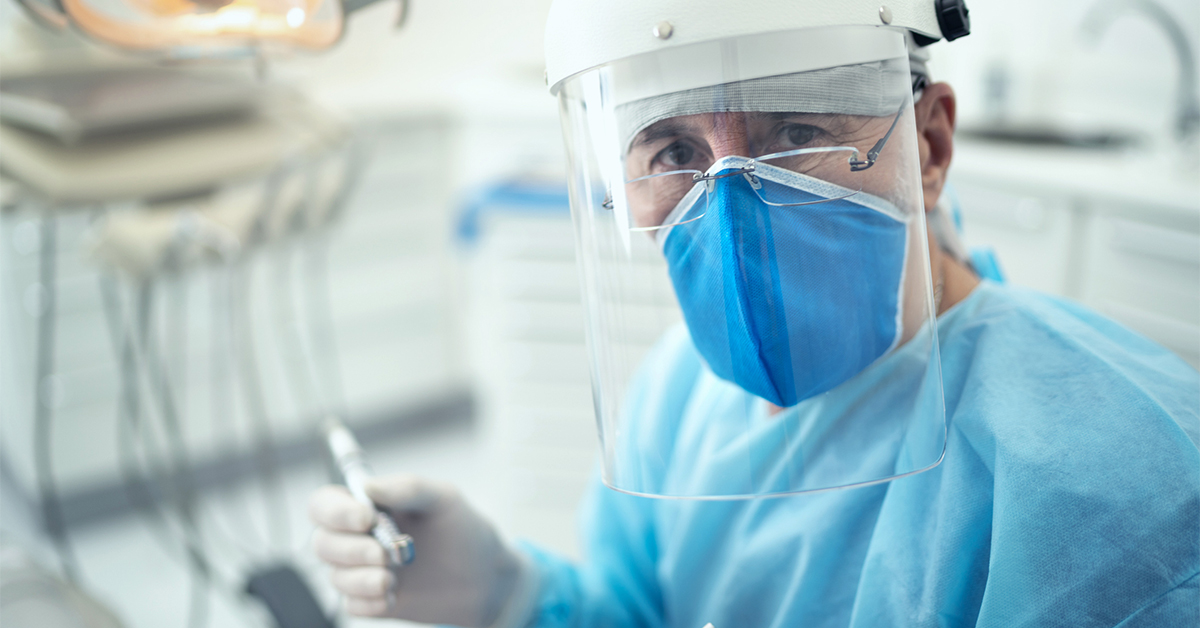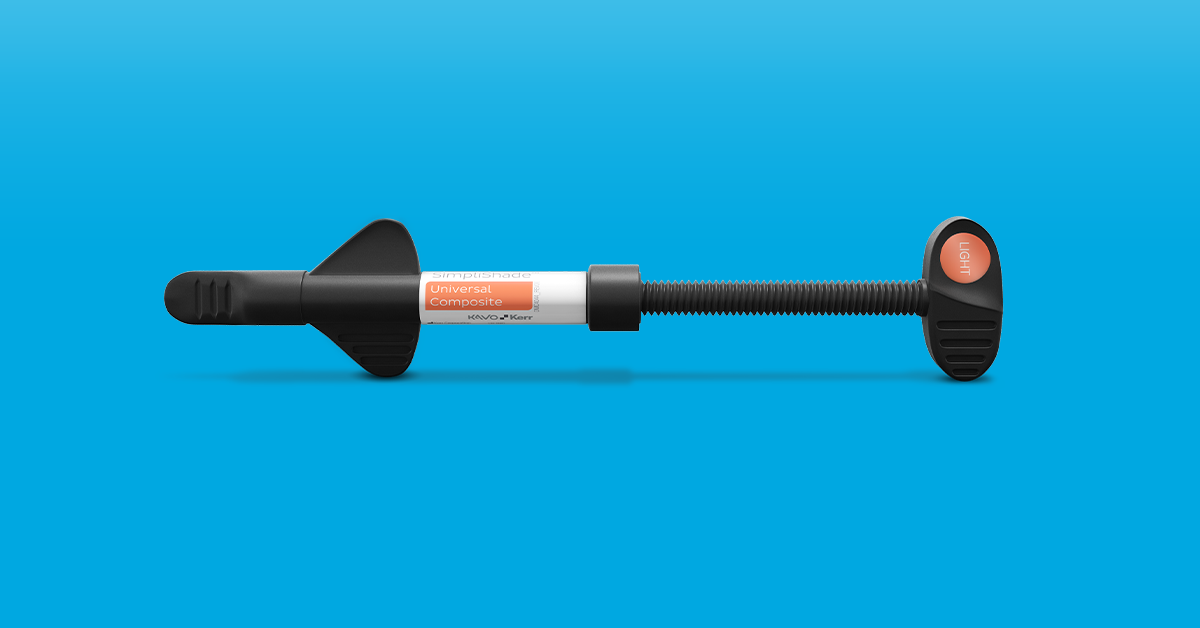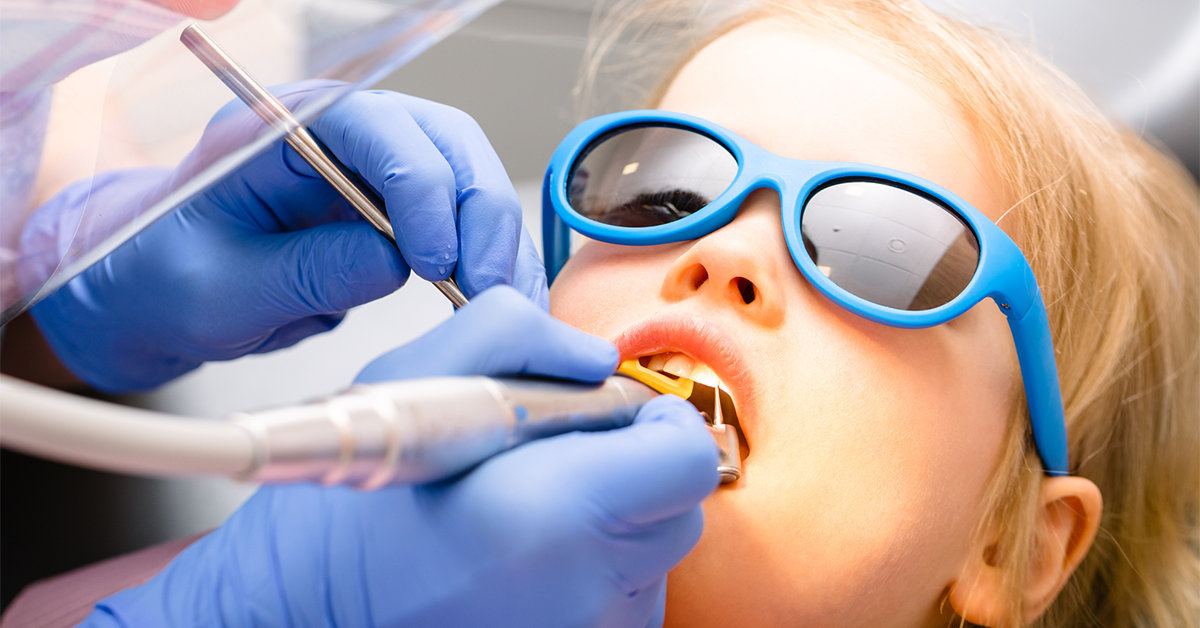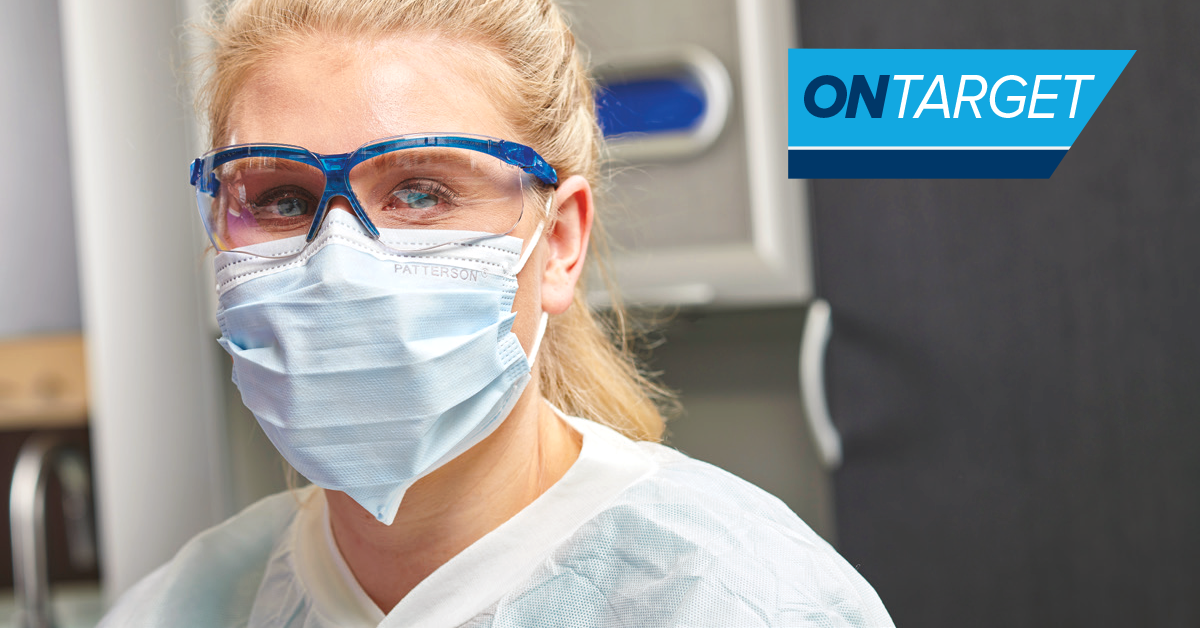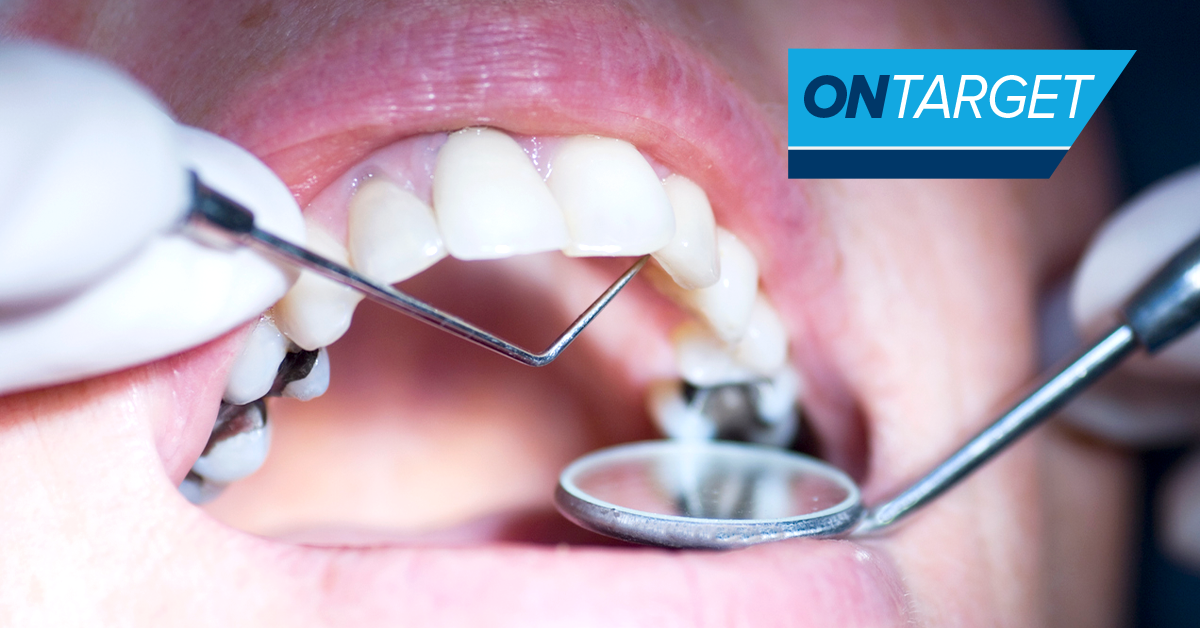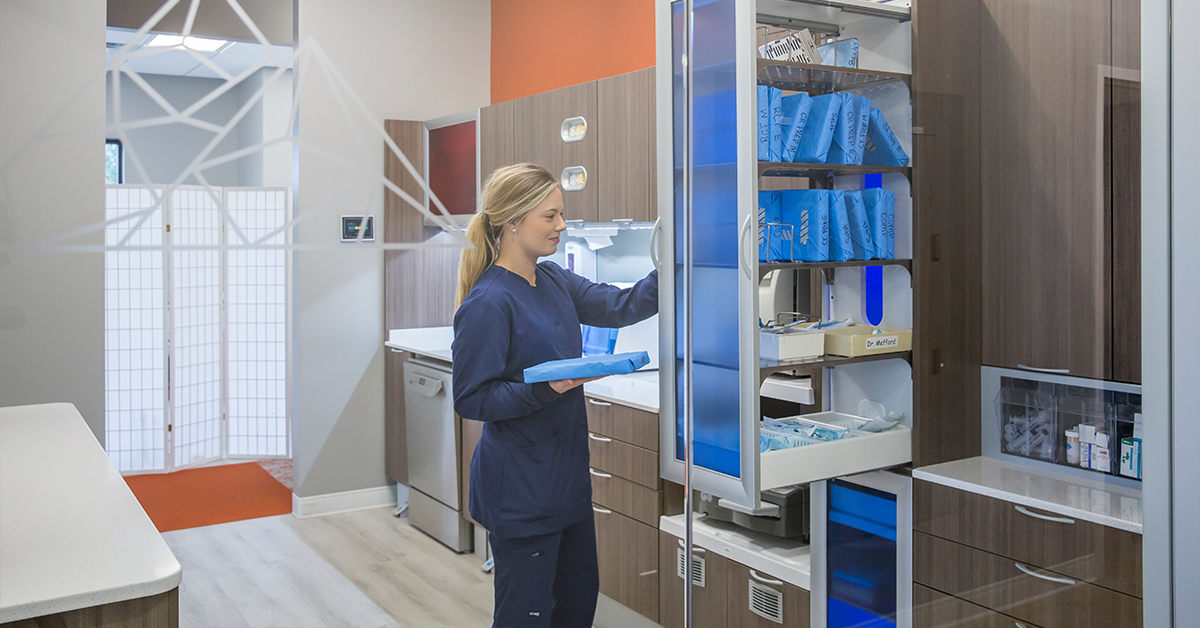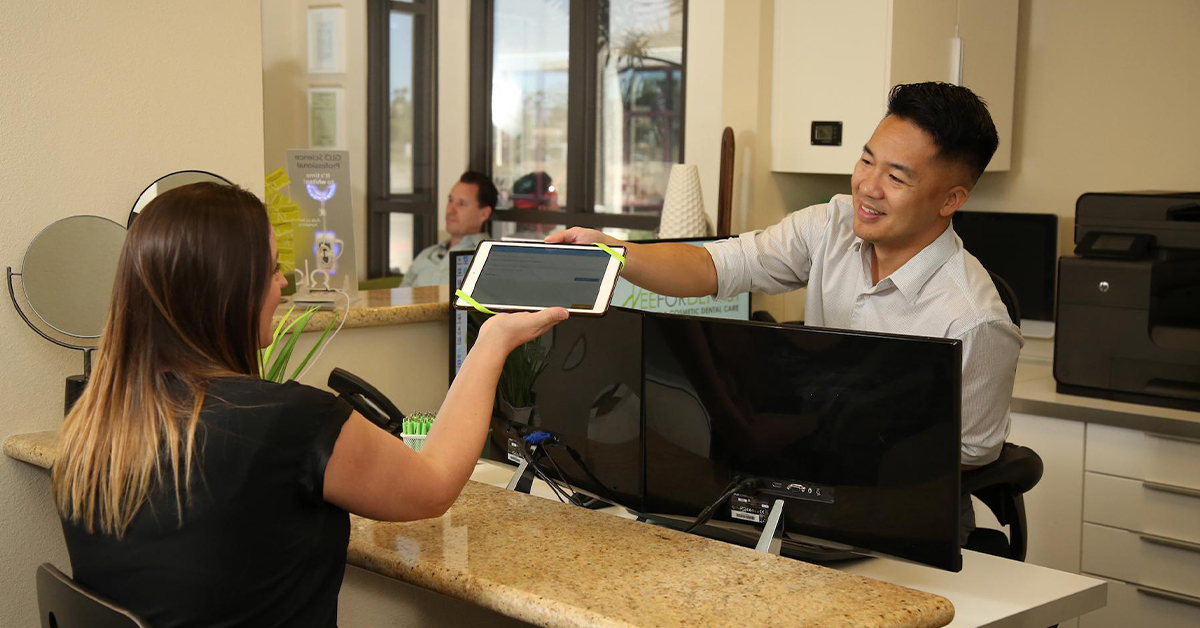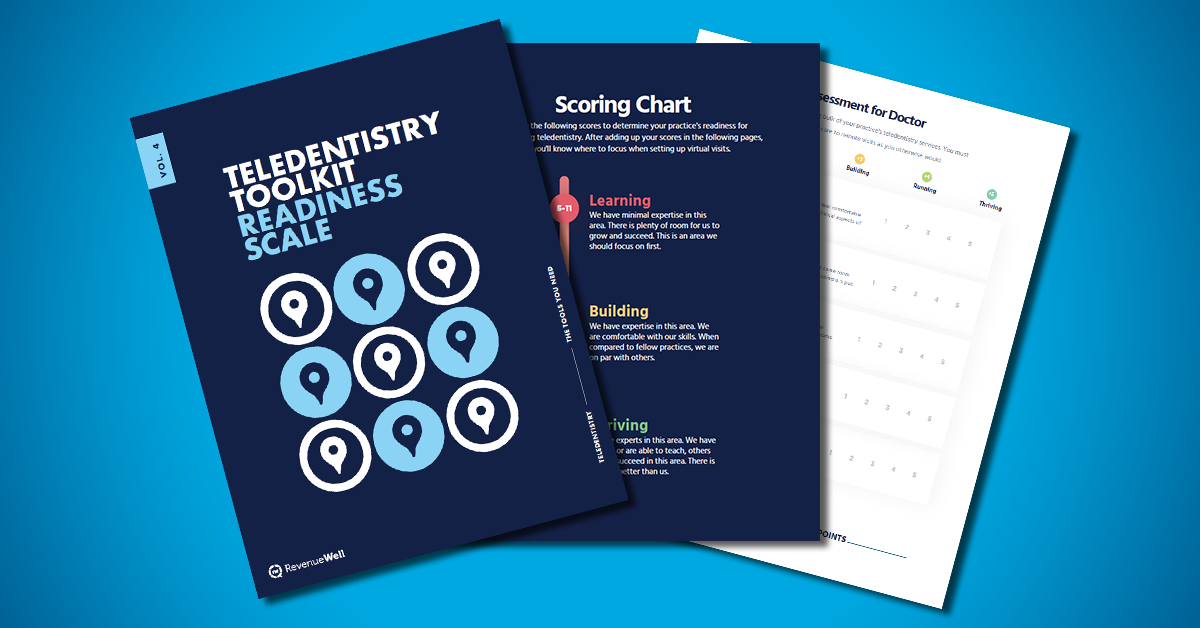Making a significant new investment in your practice is exciting, but it also can be intimidating. With the right approach, advice and assistance, expanding your practice with intelligent technology choices might be less painful than you think.
A Conservative and Esthetic Approach to Anterior Restorations
A break in the “normal” routine has presented clinicians with an opportunity to revisit common elective procedures that patients will request upon their return. If there’s a less invasive way to achieve highly esthetic results in the anterior, now is an ideal time to explore those techniques and revamp your material armamentarium.
Going Virtual: The Patterson Ultimate Education Experience at Dentsply Sirona World 2020
This year’s Patterson Ultimate Education Experience event at Dentsply Sirona World will provide a unique virtual experience and the opportunity to learn about the latest innovations offered by Dentsply Sirona.
Invest in Dental Technology with an Eye on the Future
If you clearly define your practice vision and goals, and then choose the appropriate technology to help you reach them, you can confidently take the steps needed to move your practice forward. Here are a few ideas to keep in mind when investing in dental technology.
Building a Dental Office with ‘Everything a Patient Needs Under One Roof’
As he watched his patient base grow and identified what needs the community had, Steven Freeman, DDS, owner of Elite Smiles in St. Augustine, Fla., began investing in 3D technology, including CAD/CAM, a CBCT and a digital intraoral scanner based on the advice of his Patterson Dental team.
A Dentist Office With a Different Approach and a Less Traditional Design
Steven Freeman, DDS, is the owner of Elite Smiles, a full-service dental office located in St. Augustine, Fla., that provides pediatric dentistry, orthodontics for all ages, Invisalign, implants, general dentistry, sleep apnea treatment and more. With nearly all dental specialties covered, patients rarely get referred to another dental office. But Freeman did not always have the space for all-inclusive dental services.
Show Your Support for Breast Cancer Awareness Month with Patterson Pink Products
Show your support for your patients affected by breast cancer. Purchase these featured Patterson® brand products. Plus, buy Patterson Brand and back breast cancer research. A portion of the proceeds for every qualifying purchase will be donated to the Breast Cancer Research Foundation.
Dental Office Design: Start-to-Finish Webinar Series
Planning your own remodel or new build can be a daunting task but knowing where to start and working with the right teams can ensure the process is smooth and painless. Join us for the Start-to-Finish Webinar Series to learn strategies that can help you define, refine and achieve your practice goals through effective dental office design principles.
8 Ways to Improve Your Dental Practice’s Organization
Integrating these tools and strategies will improve practice efficiency and impress upon your patients how important their comfort and safety are to you.
5 Ways to Enhance Your Website and Grow Your Patient Base
In an increasingly competitive, constantly shifting digital landscape, it isn’t enough to just build any website and call it a day. Steps must be taken to ensure that potential patients not only find your site but, once they do, are compelled to choose your practice over another.
Building and Supporting a Robust Culture of Safety in the Dental Workplace
Infection control and adherence to strict regulations are critical components in the success of a dental practice. It is up to dental office leaders to create and sustain a culture of safety involving the entire dental team.
Patient Recall Marketing Webinar Series: Power Your Patient Comeback
As dental care in the age of COVID-19 starts to feel routine again, many practice owners are looking for new ways to cut costs and run their offices more efficiently. In a new webinar series, you’ll learn how marketing and communication software solutions like Solutionreach and OperaDDS can help you kickstart your schedule and boost your patients’ return appointments with convenient, automated and measurable patient outreach tools.
Dental Instrument Reprocessing and Waterline Maintenance: Behind the Scenes
Safety is a critical part of every dental patient’s experience. They want to feel comfortable about the care you and your team provide, and that includes the steps you take to ensure they’re safe from infection. What patients see in your waiting room and operatories is only part of the story. Would they still feel good about your practice if they looked into your sterilization room or could inspect your dental unit waterlines?
Equip Your Dental Practice with Next-Level Sanitization with PurLite Clean UV-C Cleaner
Keeping high-touch personal items and PPE clean can provide additional safeguards against the spread of COVID-19. One solution for sanitizing high-touch personal items is the new PurLite™ Clean UV-C Cleaner. PurLite is a sanitizer that uses advanced, medical grade UV-C technology to provide a fast and effective way to ensure patients and employees feel safe and protected while in your office.
Making the Switch to Eaglesoft: Smart, Streamlined, Simple
Pam McDonald has spent more than three decades getting to know her patients, but even with strong internal dental processes the team built in place, change inevitably knocked on the door.
Developing a New Practice with a Unique Vibe
When Jeffrey S. Butts, DDS, decided to expand his services to offer oral surgery, implants, IV sedation and same-day dentistry, he turned to Patterson Dental to help with finding a new location, designing the office layout and nearly every other aspect of his new practice.
On-Demand Webinar: New Patients, New Procedures and Faster Recovery with Solea
When dental offices reopened amid the COVID-19 pandemic, some practice owners saw an increase in costs associated with PPE, coupled with a loss in revenue from scheduling fewer patients. Learn how Mark Ligocki, DDS, surpassed pre-COVID production and collections by performing new procedures and doing more same-day dentistry with the Solea all-tissue laser.
How to Build an Intentional, Resilient Work Culture
Learn how to set priorities and create processes to construct a workplace culture by design. By following the steps outlined in this article featuring Steven J. Anderson, you’ll be able to identify the key points your practice should follow in establishing and maintaining a successful and resilient work culture.
When You’re a Rock Star in and Out of the Practice: Changing Careers Midlife and Rocking Out with Technology
After holding down the roles of lead singer, songwriter and guitarist in two rock bands, Jeffrey S. Butts, DDS, is now the owner of a thriving dental office in Atlanta. So, how did Butts go from a touring rock star to owning his own practice?
A Quality Assurance Approach of Infection Prevention from OSAP [Part 2]
In part two of its series “Implementing Routine Quality Assurance of Infection Prevention Policies and Procedures,” OSAP continues its close look at instrument reprocessing. Specifically, part two in this series outlines one approach to performing routine quality assurance related to packaging instruments during reprocessing.
The WHO Just Recommended the Delay of Routine Dental Care due to COVID-19. Now What?
The WHO recently recommended the delay of routine dental care in certain situations due to COVID-19. In a written response, the ADA said it “respectfully yet strongly disagrees” with the WHO’s recommendation. Roger P. Levin, DDS, shared a video outlining a scripted response dental practices can use to address patient concerns. Dr. Levin also offers three signs that may signal patients are opting out of routine dental care due to this news.
Pain: It Shouldn’t Be Part of the Job
Musculoskeletal injuries can be difficult to overcome for dental professionals. What preventive steps can you take to protect yourself from repetitive and large movement injuries? Start with some education and self-awareness, then integrate tools that will support your musculoskeletal health.
Simplify Restorations with SimpliShade from Kerr
As dental practices get comfortable operating in the “new normal,” the burden of wearing—and storing—extra PPE and time spent disinfecting operatories between patients continues to be a challenge. To meet these challenges, dentists are looking for new ways to save valuable chair time and streamline inventory management.
OnTarget Highlight: The Pediatric Prophy Appointment
Oral healthcare is essential at any age, but for children, maintaining a healthy mouth holds special importance. Dental caries is the most common chronic childhood infectious disease. As of 2015, approximately 573 million children worldwide had at least one untreated cavity.
OnTarget Highlight: PPE Adherence in the Dental Practice
A recent global health pandemic has brought personal protective equipment (PPE) to the public’s attention, but dental professionals have long been familiar with the concept of PPE. Despite this, many workers fail to adhere to PPE requirements because they find equipment cumbersome, uncomfortable or disruptive to performing tasks and communicating with patients and personnel. To remove these barriers, dental offices must supply PPE that maximizes ease of use, comfort and performance.
OnTarget Highlight: Restoring and Preserving Tooth Structure
What if you could restore teeth by regrowing dentin and enamel? Although that technology remains the province of science fiction for now, bioactive restorative materials that do more than just take up space already do exist, and have for more than 40 years.
How a Minnesota Practice Is Using Teledentistry to Advance Patient-Centered Care
When COVID-19 limited dental care in the midwestern state to emergencies only, Megan Beuckens, DDS, knew she had to find new ways to extend her skills beyond the reach of her operatory.
Boost Patient Confidence with Sterilization Solutions from A-dec
As dental practices continue to examine infection control guidelines to meet the demands of the ongoing coronavirus pandemic, it’s important to consider how patients will feel as they walk into your office. A-dec has many solutions to not only improve the safety of your office, but also to visually show patients you’re keeping their health at the forefront.
Is Your Practice Ready for Teledentistry? Use RevenueWell’s Readiness Scale to Find Out
As states have relaxed stay-at-home orders and dental practices have started seeing patients for routine care again, teledentistry may still be top of mind for dental practices looking to give patients more ways to connect between visits. If you’ve been considering implementing teledentistry at your practice, how do you know if you’re ready? How do you know if teledentistry is right for your practice? How can you gauge its true impact on your business?



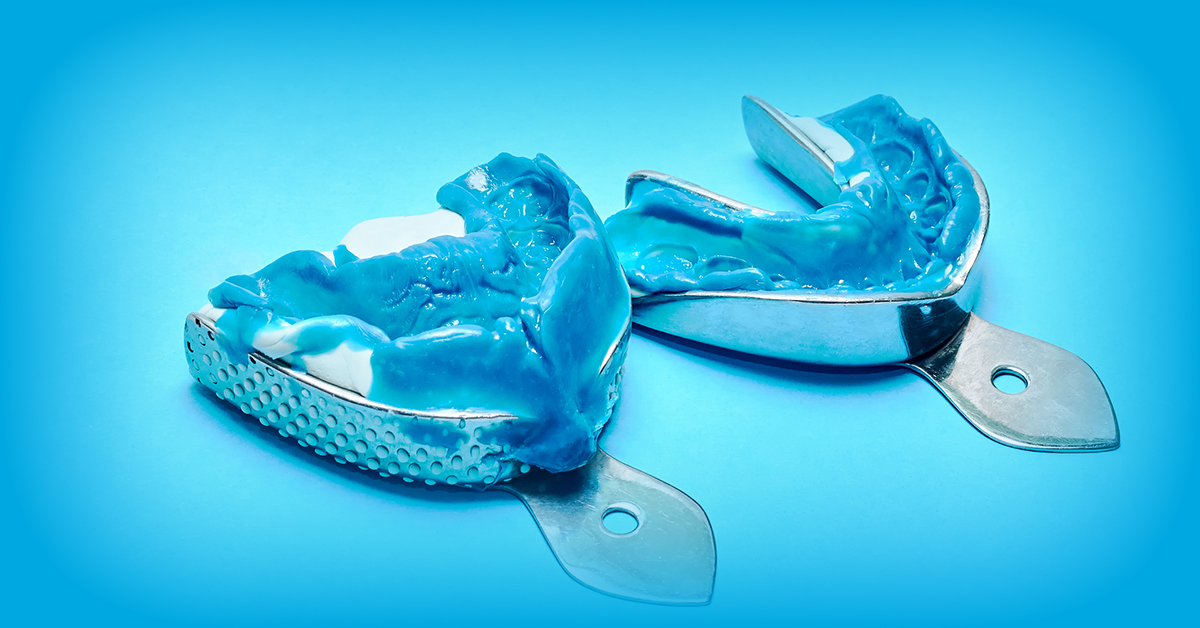

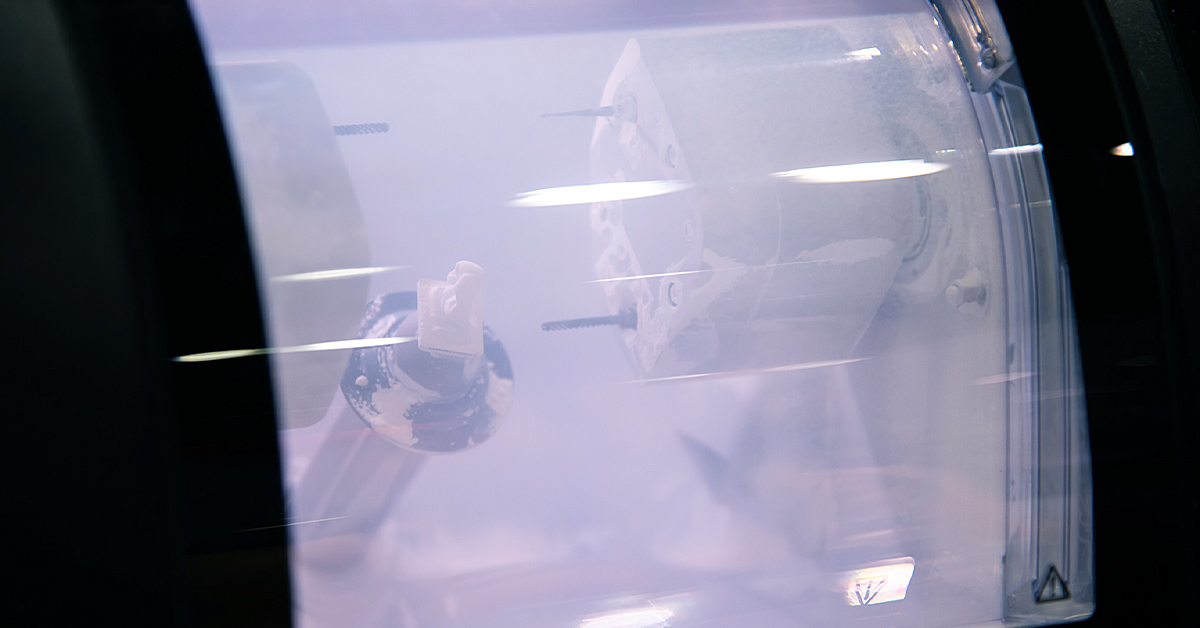
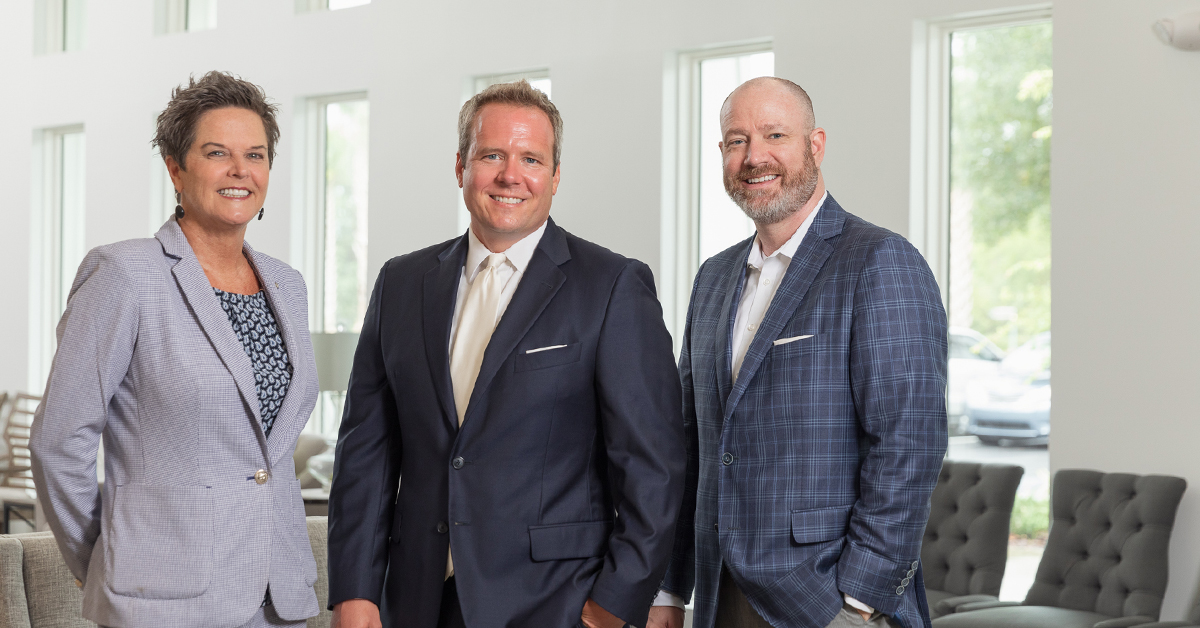
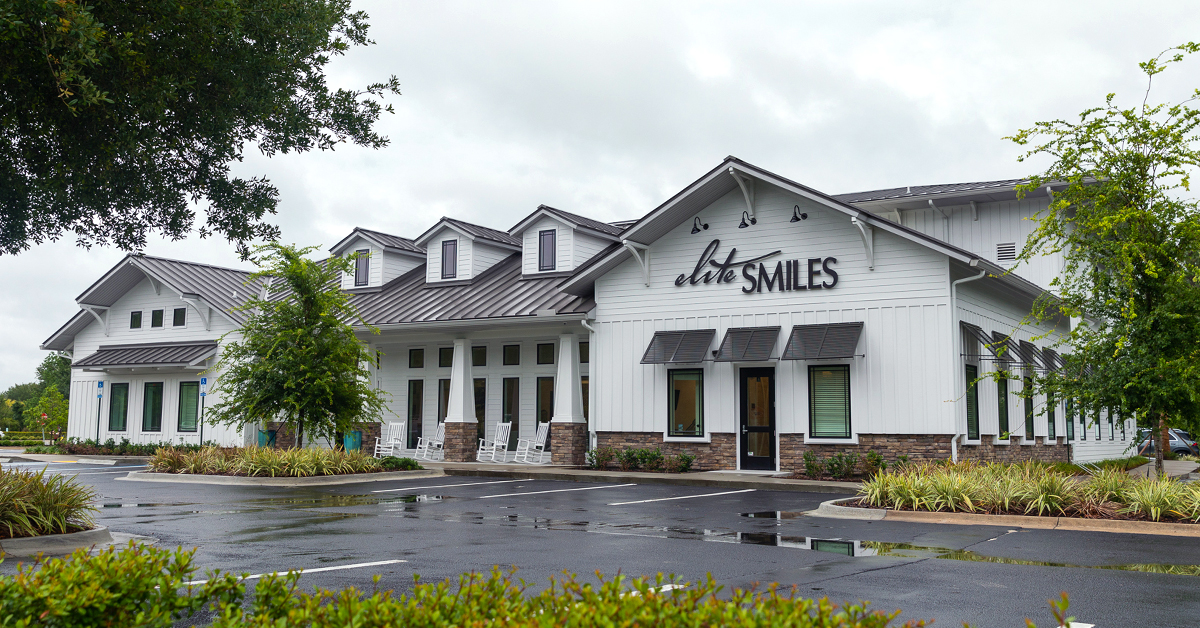
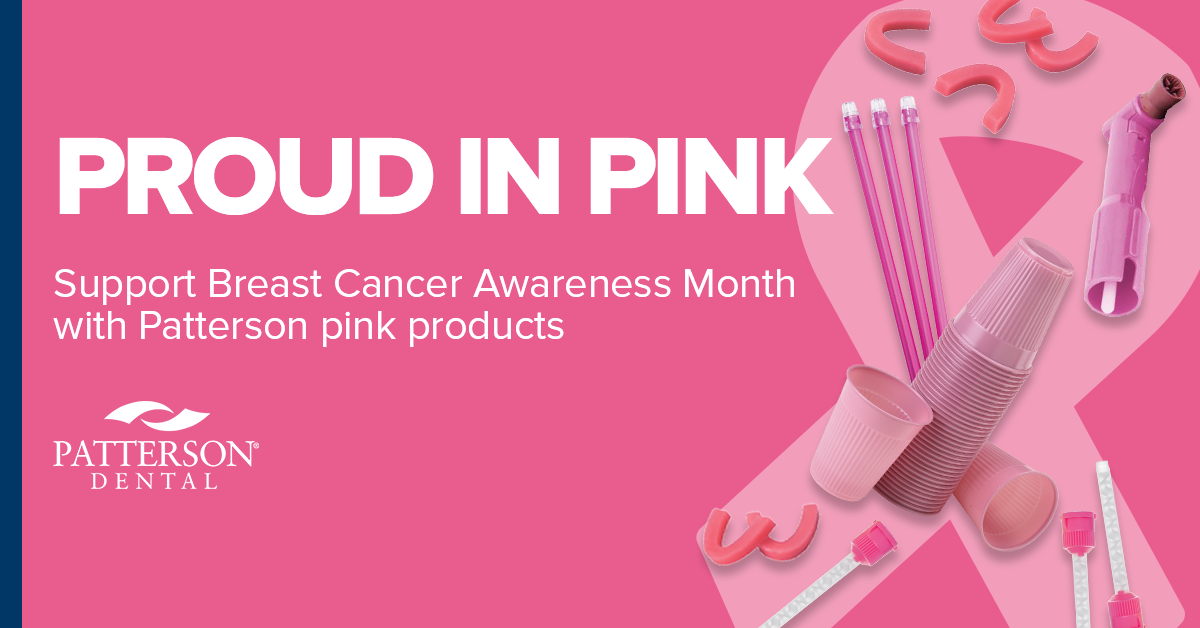
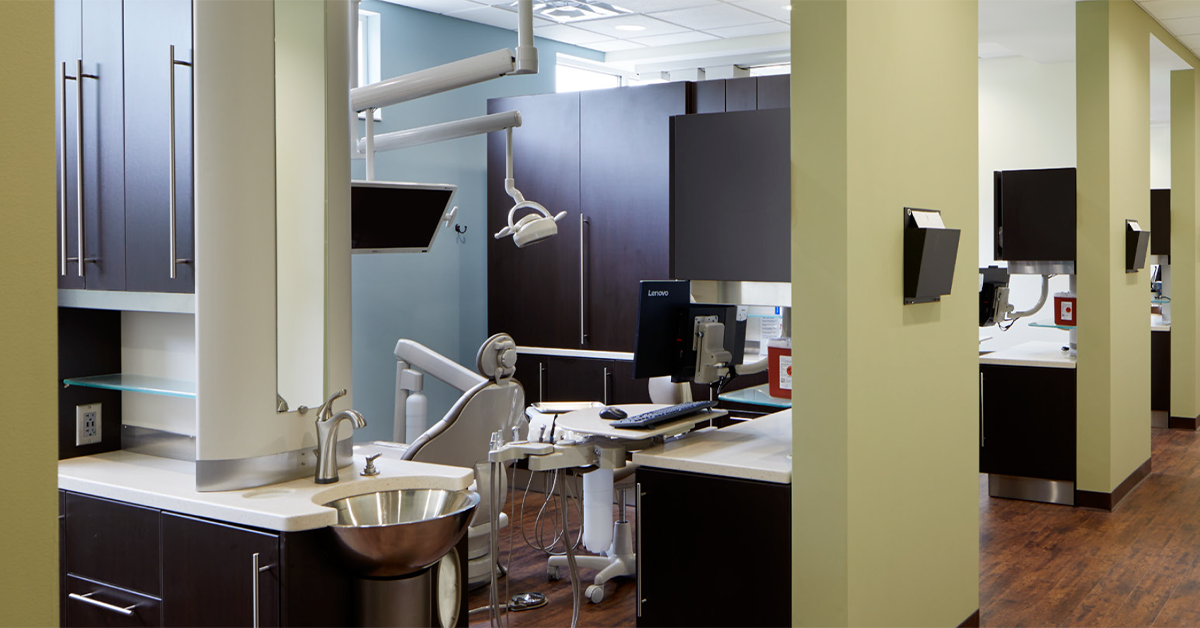


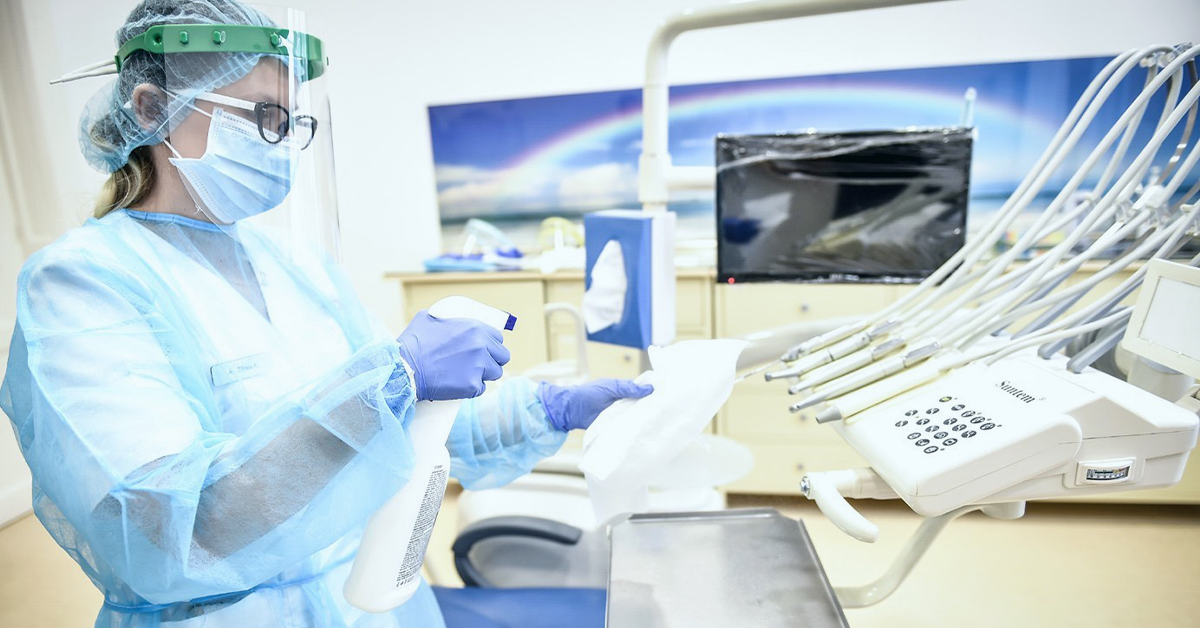
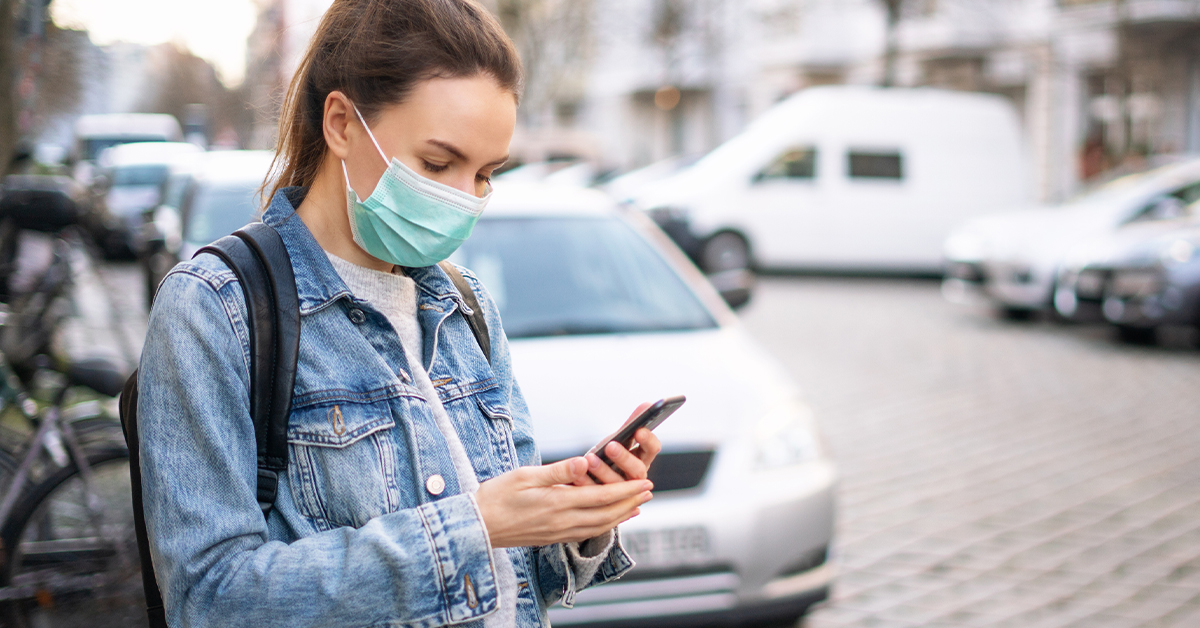

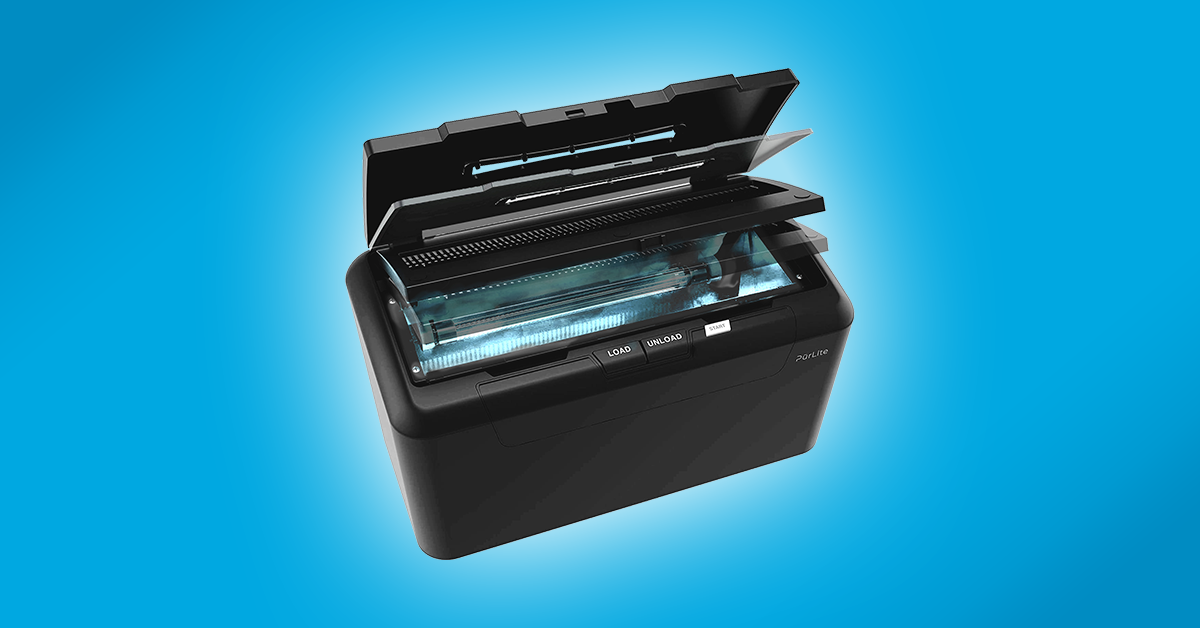
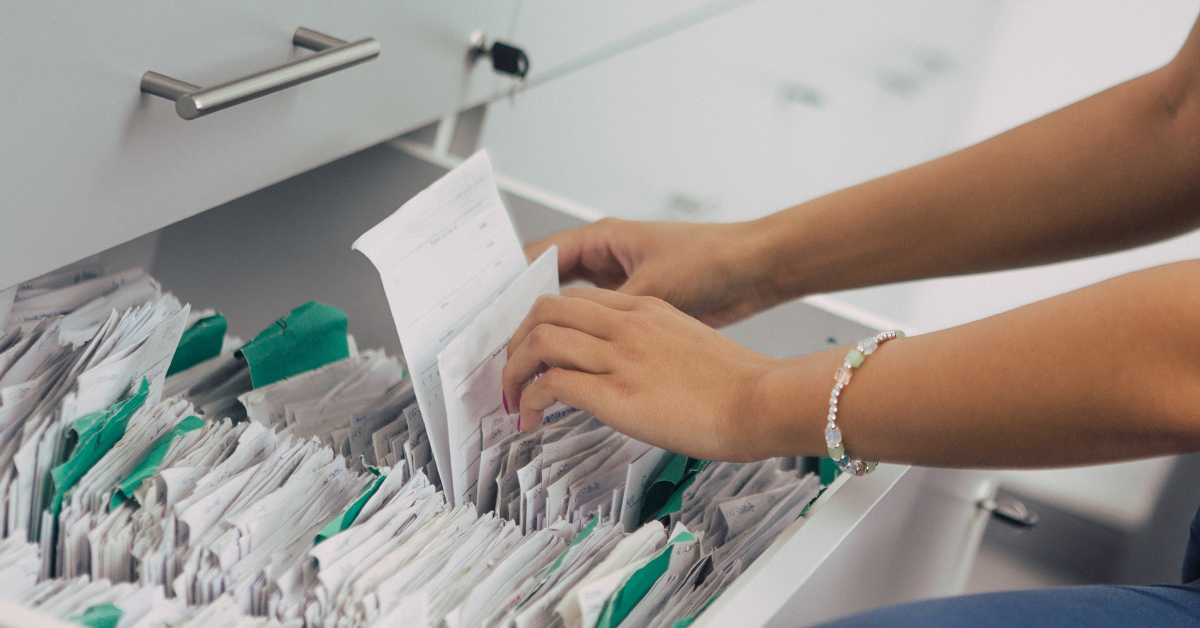
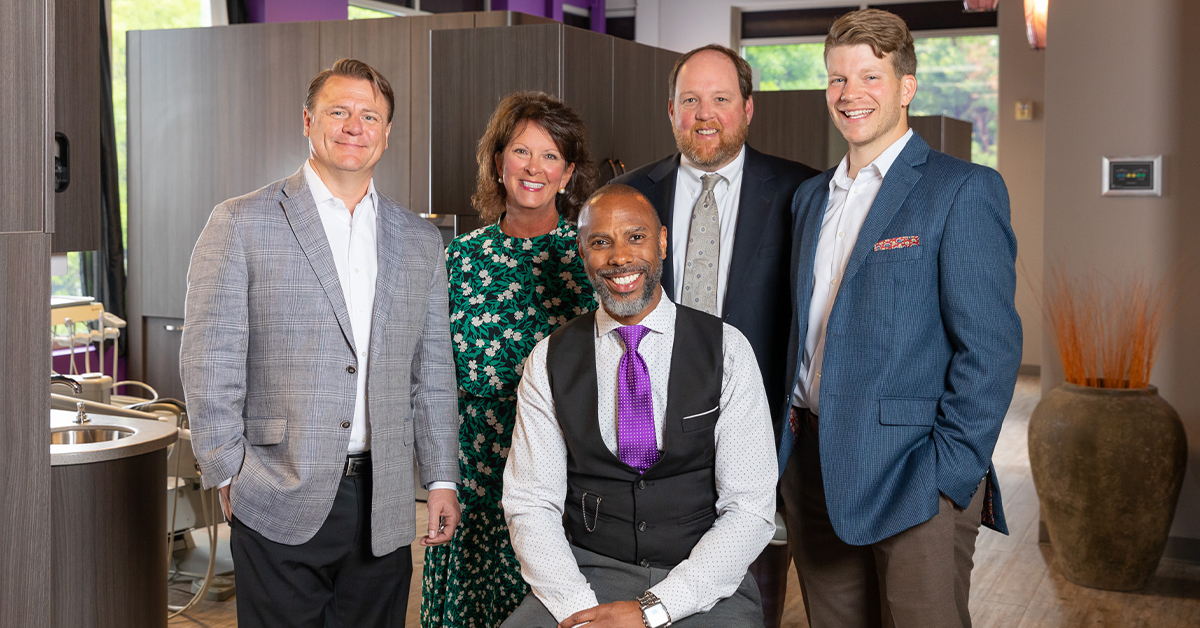
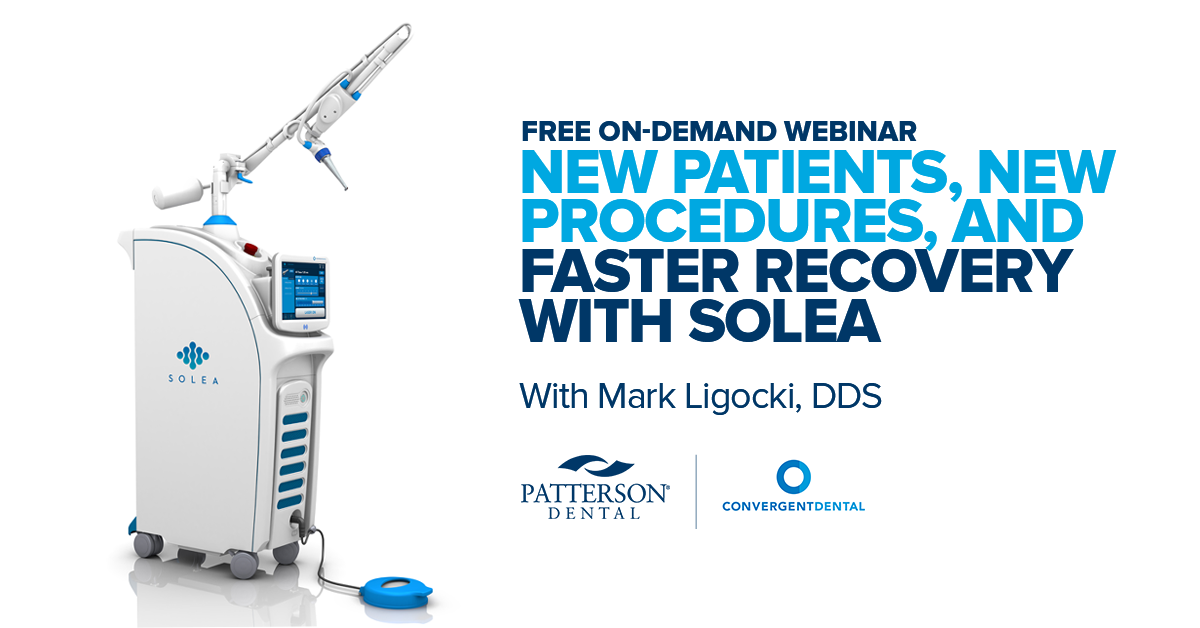
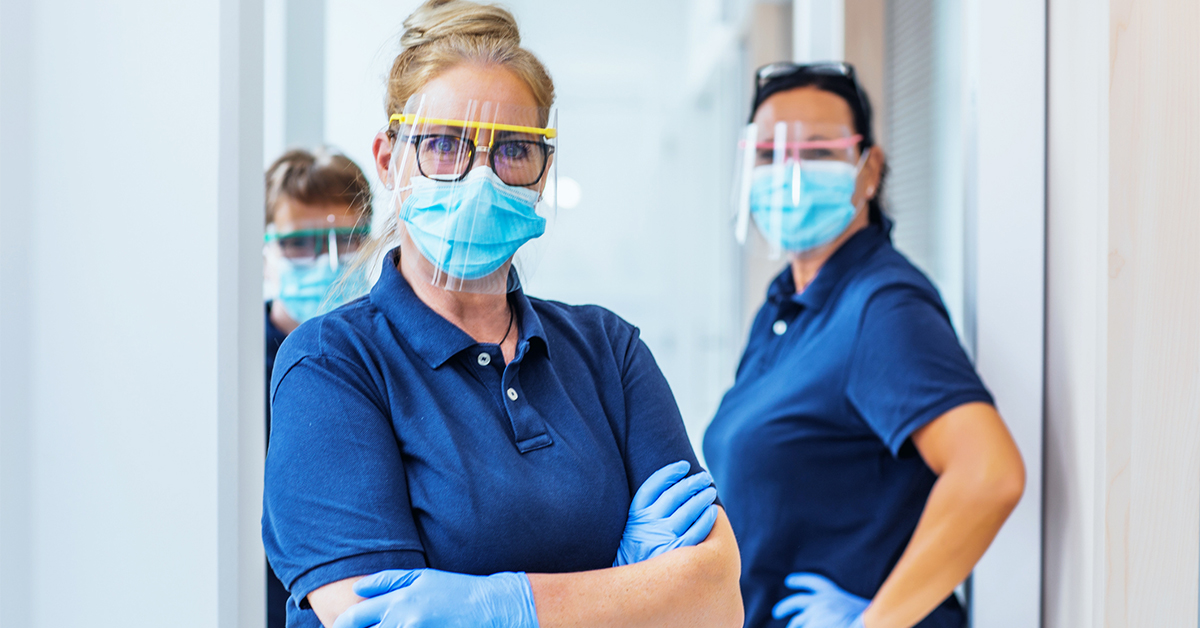
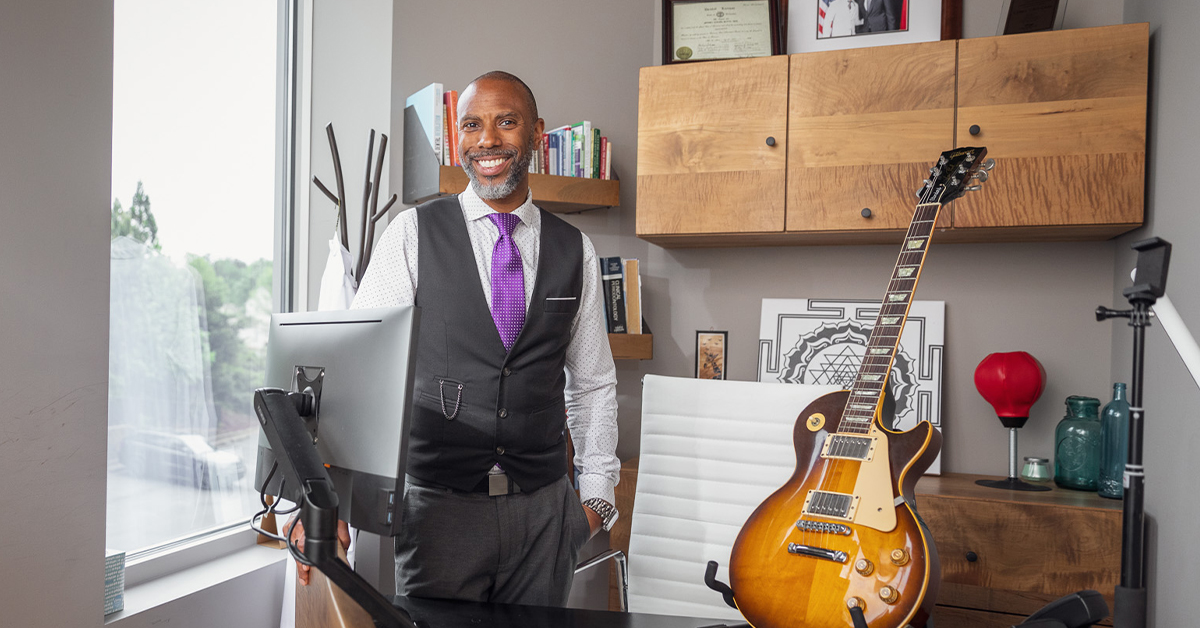
![A Quality Assurance Approach of Infection Prevention from OSAP [Part 2]](https://www.offthecusp.com/wp-content/uploads/2020/08/osap-infection-control-autoclave-dental-sterilization-1200x628-iStock-1025299028.jpg)
